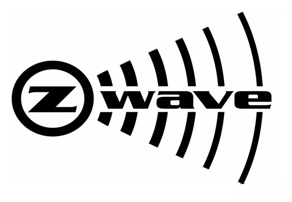[socialring]
Z-Wave vs X10: Which to Choose When
Of the two, X10 is the more established technology perhaps because it has traveled for more than 30 years to evolve and prosper. However, it is aging because new, high-end technologies such as Z-Wave are out to overcome X10’s limitations with advanced features. Both technologies efficiently manage your home energy systems but they vary in price brackets. Therefore, before finalizing one, it is vital to apply a long-term vision: Which of the two is scalable to accept new devices and functionalities without any hassle? Although X10 is cheaper, it may not necessarily adjust in future with your changing needs. So, let’s find which one of the two is a better option for you.
Overview
X10 sends signals via the local mains to control usual light switches, lamp holders, and mains outlets from radio and infrared remote control, computer interface, or a timer. Just like Z-Wave, it saves energy for rendering itself as intelligent for lighting and heating systems. You can program the lights to turn On/Off or blinds to open or close at preset times or control a set of appliances and lights from a sole switch. X10 uses house or unit code to direct a signal to the target device, as all controllers and devices are connected to a single main wiring system. It can accommodate maximum 256 devices.
However, Z-Wave can manage unlimited lights and appliances due to which it is a more flexible system. You can precisely locate the wireless devices at the place where you want them to be without changing the present wiring system or calling an electrician.
Reliability
Unlike X10 that uses house code but results in signal bleeding due adjacent houses sharing a single connection to the power system, a Z-Wave device is controllable only by the network’s controls for eliminating the issue of bleeding. While X10 uses bit patterns to send ON/OFF commands without checking the data, Z-Wave uses data packets with a check for trustworthy transmissions. In the former, if the command is lost, the controller such as the smartphone is not aware of it. However, in a Z-Wave network, all commands are acknowledged after arrival and that the sender will resend the command until it reaches successfully.
Communication
The communication of X10 devices is such that there is a possibility of dead spots to block the receipt of instructions. In case a command fails to reach an appliance, there is no acknowledgement of this failure because of absence of two-way communication. This is evident especially in a heating device that may take time to give out heat in winter. On the other hand, a Z-Wave system boasts two-way communication due to which feedback is sent back to the controller. In case of a failure, the system resends the command or acknowledges that something’s wrong.
Network
Z-Wave has a mesh network to cover even far areas of the home because the radio waves can easily travel through floors, walls, and furniture. Because each module can be an RF repeater to route signals up to four devices, the network adapts to your home. However, X10 has no such network and covers up to three rooms of your home. Even speed wise, Z-Wave wins the race with 32 times more data rate.
In short, Z-Wave is more expensive but more reliable and secure than X10.


